Outrank Competitors: Rank Higher with Listing Optimization on Etsy
About the Client Shop Name: CrystalHealStore Marketplace: Etsy Focus: Bohemian & Ayurvedic-Inspired Fashion Location: Global
A great Return policy reflects how proactive you are at customer service. Return policy is part of customer experience especially when waters are troubled. If you get to please a customer with your return policy, chances are he will come back again for more, or least you will win their trust and can a have a good word of mouth. If you are potentially new in business, or your store is just off the hooks, before every purchase the aware customer will likely take a look at your return policy. In a comscore and UPS survey, it was observed 63% of american customers check the returns policy before making a purchase, and 48% will shop more if they find hassle free returns. In Germany 72% of people give more business to stores with hassle free returns. Hence you can’t argue with its significance.
Customers are extra conscious when they are buying online. It comes naturally.
Some handy tips while creating your Return Policy
A study has revealed, customers that received free shipping on returns increased their purchases by 58% to 357% over next two years.
A great refund policy ensures that a customer purchases without the fear of consequences.
Few examples for Return Policy
A No Question asked policy for a high end experience
Cover your damaged items
Celebrating the fact that customers bought from them at first place
Your Policy page should not be just pieces of text
Adding a touch of creativity to your Return Policy. Afterall it doesn’t have to be dull
Return Policy based on Customer experience
Conclusion
We tried giving you every aspect of what a perfect return policy should be, and we leave it up to you to mend it according to nature of your business. The examples of return policy are given you to give a picture how pre existing businesses go about ensuring a positive customer experience and how they address the pain points arising out of return requests. A return policy takes time to get the perfect shape, as you get to know your customers. With an ending note we hope you to write the next best return policy, and start a great journey ahead.

About the Client Shop Name: CrystalHealStore Marketplace: Etsy Focus: Bohemian & Ayurvedic-Inspired Fashion Location: Global
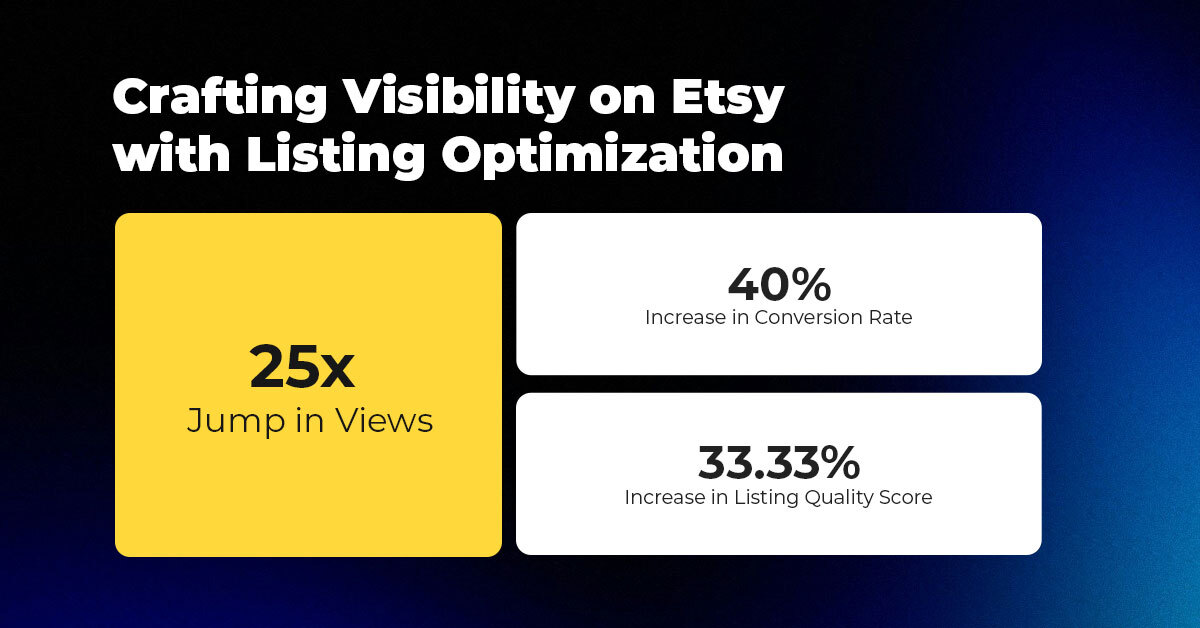
About the Client Shop Name: PinwheelCraftsStore Marketplace: Etsy Focus: DIY Craft Kits for Kids Location:

It just took one Black Friday crash for Gymshark to realize their growth had outpaced
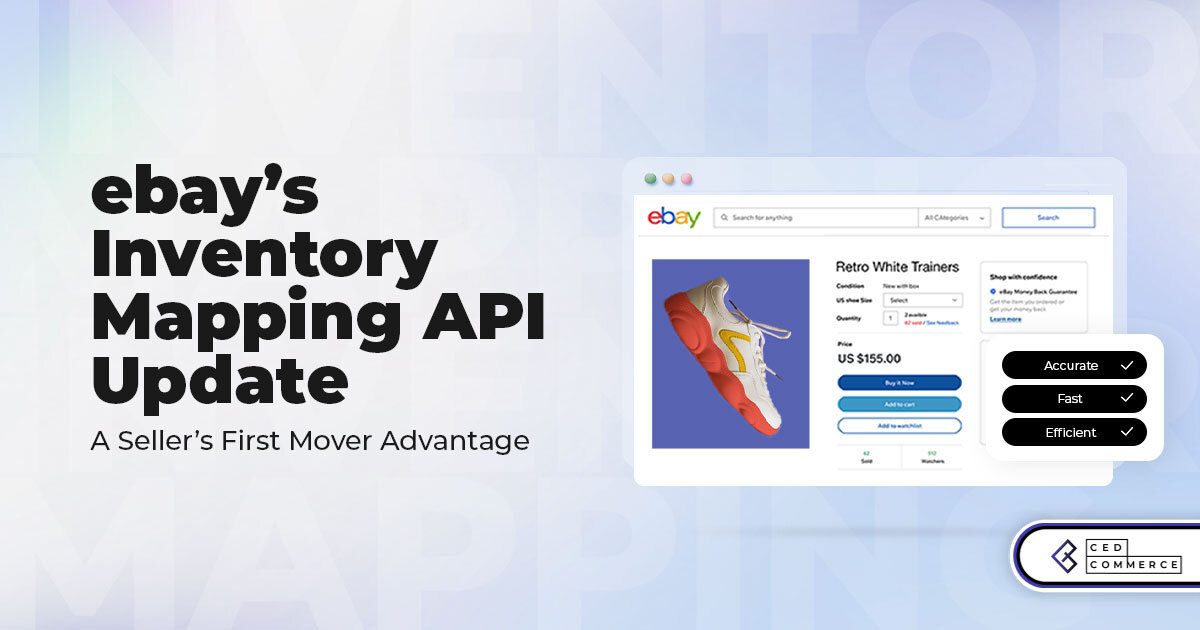
It takes on average 5 to 10 minutes to list a single product on the
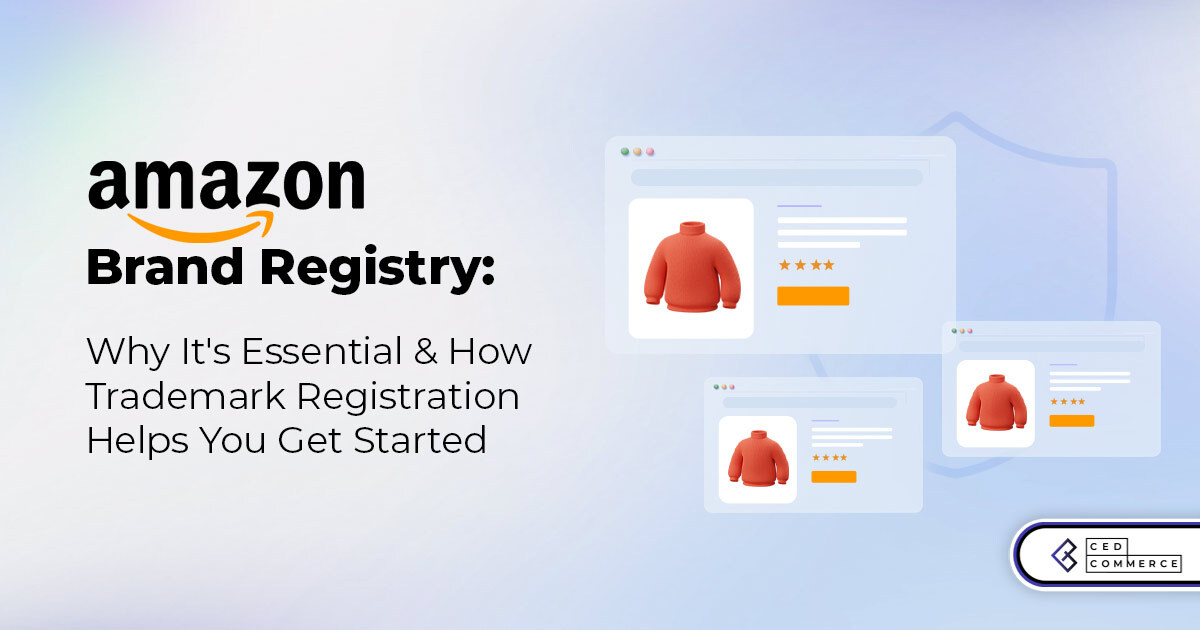
With millions of sellers on Amazon, protecting your brand has never been more important. Counterfeit

TikTok isn’t just setting trends anymore — it’s rewriting the playbook for performance marketing, creative

In a significant development for online retailers, Walmart has officially updated its policies to permit
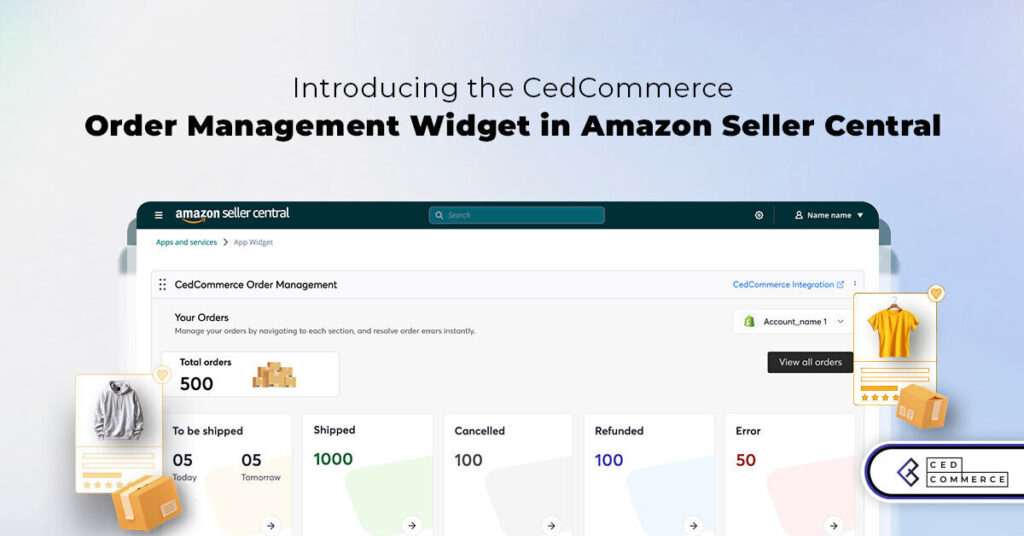
Are you encountering issues with Amazon order management across various sales channels? If so, everyday

A Deep Dive into Selling Smart on TikTok Shop UK, TikTok Shop US, and TikTok

In a world where cross-border commerce fuels eCommerce growth, tariffs are no longer just policy

In the world of eCommerce, visibility is everything—and Walmart Marketplace is no exception. With thousands

In what comes as a major relief for TikTok and its millions of users in

In a move aimed at enhancing product quality and boosting buyer confidence, TikTok Shop has

Selling on Amazon offers immense opportunities, but one of the most crucial decisions sellers face

Amazon is doubling down on AI-driven selling tools, introducing a new AI-generated product enrichment pilot
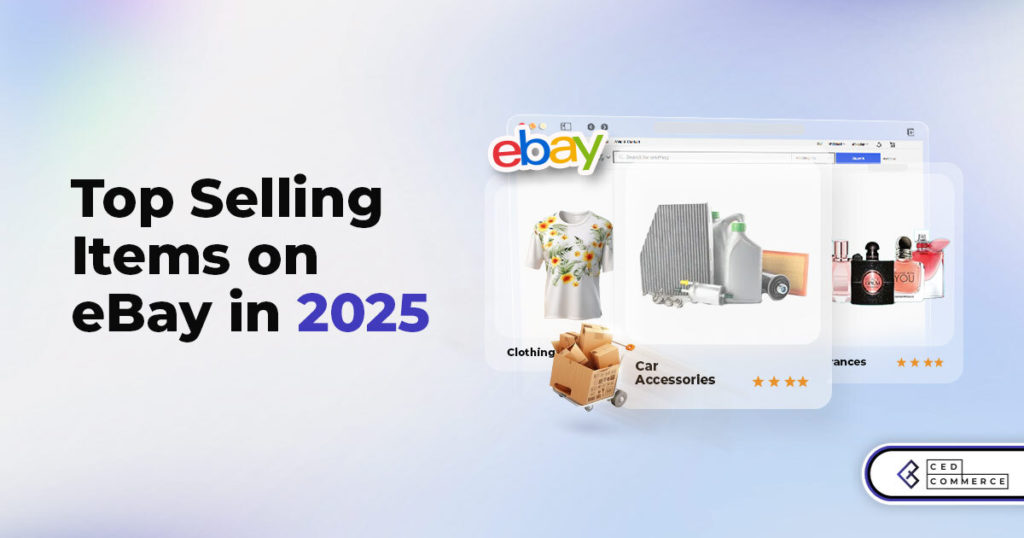
With over 17.6 million sellers on eBay marketplace, cracking the code behind the top selling

Amazon is doubling down on artificial intelligence, introducing the AI-powered ‘Interests’ feature that automatically finds

U.S. President Donald Trump has hinted that a TikTok deal is on track before the

Nearly a decade after closing post its first attempt, Best Buy is returning to the

PrestaShop has long been a leading name in European eCommerce. With its flexibility, user-friendly interface,